The Genetics oF CCHS

Your body is made up of trillions of cells. Cells are the basic units of life, allowing your very existence and survival. Within every cell, there is a structure called the nucleus where over 99% of your genes are found. Chromosomes are a component of the nucleus that organize and keep your ~20,000 genes packaged tightly together.
Genes explain your unique traits, meaning how your body looks, behaves, and functions. They also determine your predisposition to certain diseases. Genes are passed down from parent to child through chromosomes. You receive 23 chromosomes from your mother and 23 from your father, which are then formed into pairs and replicated in dividing cells. Keep in mind that as your cells divide and replicate, accidents (aka mutations) can occur and cause harmful effects depending on the gene involved.
Genes are small segments of larger molecules known as DNA. Most genes are responsible for producing “recipe cards” for making proteins. Proteins do the work of the cell and perform operations throughout the body. Each gene writes a code using sequences of DNA bases A (adenine), T (thymine), G (guanine), and C (cytosine) for development of a specific protein. DNA transfers these codes to RNA, which is then responsible for building the actual protein.
To summarize, your cells contain thousands and thousands of genes located within your DNA that are responsible for writing codes. These codes are then translated into proteins, which produce the expression of your personal biology.
PHOX2B mutations are classified as polyalanine repeat mutations (PARM) or non-polyalanine repeat mutations (NPARM). A PARM mutation occurs when alanines, a component of proteins, are overproduced by a faulty genetic code. A healthy PHOX2B protein will contain 20 alanines. With a mutated PHOX2B protein, you will have code for 20 alanines on one chromosome (the normal amount) and anywhere from 25 to 33 alanines in the other. Diagnosis of PARM CCHS will include a numerical mutation variant specifying the number of extra alanines (e.g. 20/25, 20/26, 20/27).
NPARM mutations occur when genetic changes are not the result of repeated alanines. These mutations occur in different regions of the PHOX2B gene and are much harder to detect. Laboratory experts must dissect every aspect of the gene until the abnormality is discovered. NPARM mutations are varied and the nomenclature of a mutation can be difficult to understand. For example, a known NPARM mutation is c.422G→A; this combination of letters, numbers and arrows means “coding DNA (c), at base 422, changed from a G base to an A base”.
Different PHOX2B mutations are thought to impact the symptoms and severity of CCHS. NPARMs are generally seen as more involved than PARMs. PARMs with a 20/27 expansion are known to carry a higher risk of CCHS related comorbidities as compared to those with a 20/25 expansion. While these theories are backed by science, they do not always hold true. Wide disparities can be seen within the same mutation. For example, some individuals with a 20/27 expansion may require ventilator support 24 hours a day while others are only sleep dependent. Researchers believe that these findings are a result of individual genetic strengths and vulnerabilities (you may hear these strengths and weaknesses referred to as epigenetics). It is imperative that both mutation type and individual presentation are considered by medical professionals for proper screening, treatment and discussions around quality of life.

Subscribe to the CCHS Network Newsletter for Updates
© ALL RIGHTS RESERVED. CCHS Network.
WEB DESIGN MADE WITH 